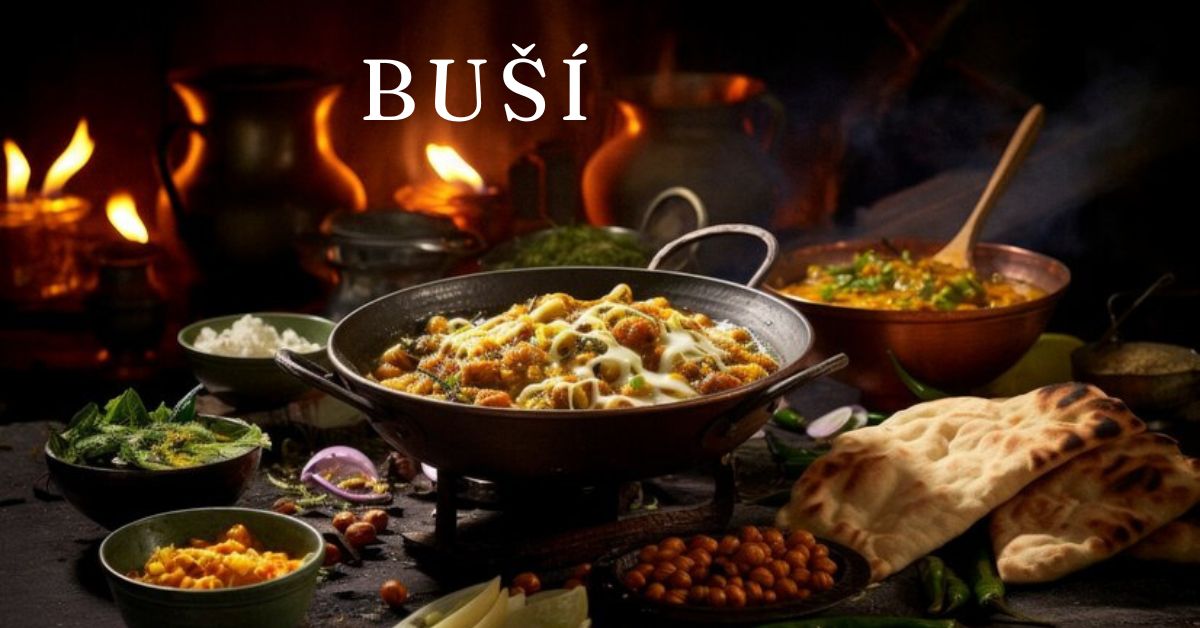Buší, a traditional dish cherished for generations, embodies a rich tapestry of history and culture within its savory flavors. Originating from the heartlands of Eastern Europe, Buší has endured through time, preserving its essence in every delicious bite. Join us on a journey as we explore the fascinating history behind this delectable dish, uncovering its cultural significance, culinary evolution, and impact across its heartlands.
Origins of Buší: A Culinary Legacy
Buší finds its roots in the rustic kitchens of rural Eastern Europe, where humble ingredients were transformed into culinary treasures. Dating back centuries, it served as a staple during harsh winters and abundant harvests, symbolizing resilience and community unity. Passed down through generations, this dish remains a symbol of familial bonds and festive celebrations, deeply ingrained in the cultural fabric of its origins.
The Evolution of Buší: Tradition Meets Innovation
While rooted in tradition, Buší has evolved with time, embracing new techniques and ingredients while preserving its core flavors. Modern interpretations often incorporate innovative twists, catering to diverse palates and culinary preferences. Regional variations abound, reflecting local culinary traditions and the availability of ingredients, ensuring Buší remains relevant in contemporary kitchens.
Cultural Significance of Buší
Buší transcends mere sustenance; it embodies the cultural identity of Eastern European regions. Its preparation often involves treasured family recipes passed down through generations, cherished for its rich flavors and comforting qualities. It holds a revered place in many households, associated with cherished traditions and special occasions that bring communities together.
Buší Around the World
While originating in Eastern Europe, ithas gained popularity globally, with variations found in kitchens worldwide. Each region adds its unique twist to the classic recipe, adapting it to local tastes and ingredients. From Eastern Europe to distant shores, Buší serves as a testament to cultural exchange through culinary delights.
Health Benefits
Beyond its culinary appeal, Buší offers health benefits attributed to its nutritious ingredients. Rich in antioxidants and essential nutrients, it supports immune function, aids digestion, and promotes overall well-being. Its anti-inflammatory properties make it a sought-after choice for those embracing natural health remedies.
Environmental Benefits of Buší
Buší also contributes to environmental sustainability, being a renewable resource that promotes eco-friendly practices. By reducing reliance on synthetic products and supporting local agriculture, it aligns with principles of sustainable living, making it a conscientious choice for eco-conscious consumers.
Incorporating Buší into Daily Life
Cooking with Buší
Buší leaves and flowers enrich culinary creations, imparting a distinct flavor to soups, salads, and main dishes. Its versatility appeals to chefs and home cooks alike, inspiring creative culinary explorations.
Beauty and Skincare Uses of Buší
In skincare, Buší extract is valued for its hydrating and anti-aging properties, found in moisturizers, facial masks, and beauty products. Its natural benefits enhance skincare routines, promoting healthy, radiant skin.
Buší in Traditional Medicine
Historically, Buší has been used in traditional medicine for its medicinal properties, recognized for its healing effects on various ailments. Today, it continues to be embraced for its holistic health benefits.
Conclusion
Buší stands as more than just a dish; it represents a culinary heritage deeply rooted in Eastern European culture. From its humble beginnings in rural kitchens to its global presence today, it continues to captivate with its rich flavors and cultural significance. Whether enjoyed for its taste, health benefits, or environmental impact, it remains a timeless symbol of tradition and innovation in the world of gastronomy.
Also read: Unlocking the Magic of ytmp3 convert: Your Ultimate Guide
FAQs
What does Buší taste like?
Buší is characterized by its savory and hearty flavors, influenced by its key ingredients and regional variations.
Where can I find authentic Buší?
Authentic Buší can be enjoyed in Eastern European countries known for traditional preparation. Seek out local markets or authentic restaurants for an authentic culinary experience.
Is Buší suitable for dietary preferences?
Buší recipes can be adapted to various dietary needs, including vegetarian, vegan, or gluten-free options. Check recipes or consult chefs for suitable adaptations.
How can I incorporate Buší into my diet?
Explore recipes that feature Buší as a central ingredient in soups, salads, and main dishes. Experiment with different cooking methods to discover your favorite preparation.
What are the cultural traditions associated with Buší?
Buší is often prepared during festivals, celebrations, or seasonal events, serving as a symbol of cultural values and community traditions.











